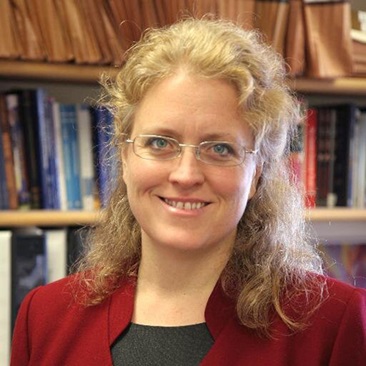INSCT awarded grant to study law & policy of unmanned aerial systems
January 6, 2017
JANUARY 6, 2017
An INSCT research project that supports the integration of unmanned aerial systems (UAS) into New York State communities is one of six collaborative research projects across Syracuse University’s various schools and colleges that together have been awarded more than $230,000 in state revitalization funding for research focused on “drones”.
The INSCT project—Law and Policy of Unmanned Aerial Vehicles—was awarded $68,248. Its Principal Investigator is INSCT Director William C. Banks, who will be joined on the project by INSCT colleagues Robert Murrett, Laurie Hobart, and Keli Perrin; INSCT faculty members Nathan Sales and William C. Snyder from the SU College of Law; and INSCT faculty member Tina Nabatchi from the SU Maxwell School.
INSCT’s project will develop a policy and legal framework that supports the use of various types of UAS throughout the state, while ensuring public safety, protecting civil liberties, and promoting industrial growth. As part of its work, INSCT will plan, organize, and host a spring 2017 workshop on law and policy as related to emerging and potentially contentious regulatory issues.
The funding was recently awarded after a call for proposals went out to researchers across campus from the SU College of Engineering and Computer Science, in collaboration with the SU Office of Research, to stimulate research and industry collaboration in the UAS field.
The funding comes from a portion of Phase 1 of NY Gov. Andrew Cuomo’s Upstate Revitalization Initiative, as well as supplemental funding from the Office of Research. Central New York was one of three Upstate regions awarded $500 million in 2015 for various projects as part of the initiative.
Other SU projects funded will investigate a UAS platform equipped with thermal cameras to conduct rapid building envelope performance diagnostics; environmental monitoring and geoscience surveying applications for UAS; and sensor-enabled technologies for application-specific and data-driven UAS designs.
For the full press release, click here.



